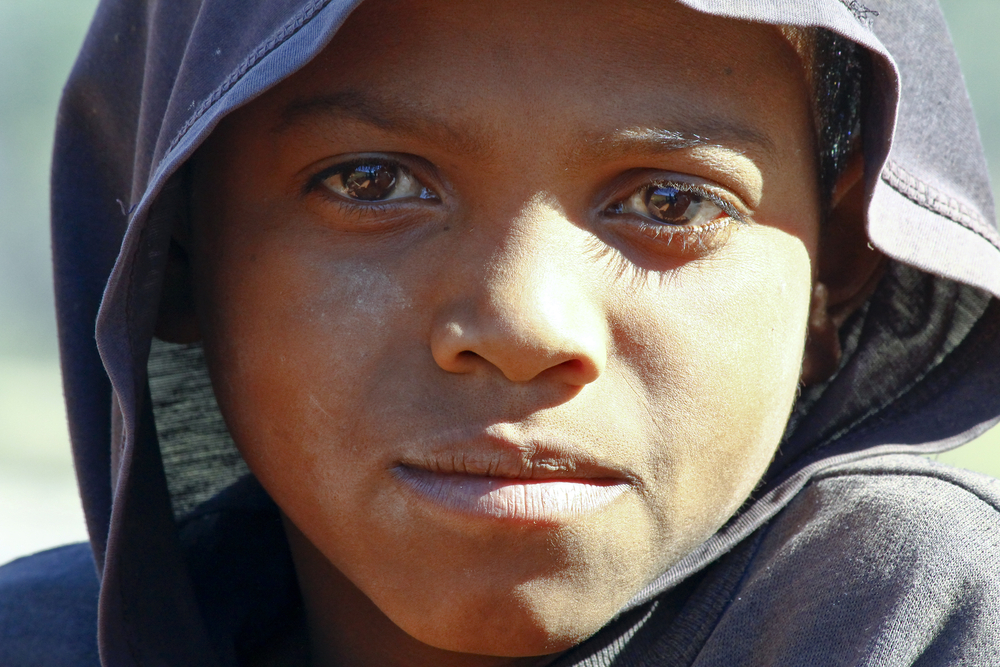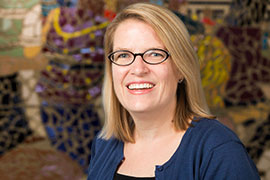
Damian Ryszawy
.
In June 2015, Houston declared the end of veteran homelessness and turned its focus to ending youth homelessness by 2020. When U.S. Housing and Urban Development staff came and met with our community to strategize, they noted that solving veteran homeless was tricky, like algebra, but solving youth homelessness was exponentially more complicated, like differential calculus. Youth homelessness is a complex problem that requires consideration of multiple factors in an extremely complicated equation.
One factor that has not been routinely considered in this equation is race and the underlying contribution of racism. People of color, particularly African Americans, disproportionately experience homelessness. In the Realyst Risk and Resilience study of homeless youth across seven cities, we found that 81% of those interviewed were youth of color, particularly African Americans (37%), who were routinely represented at rates two to three times higher than would be expected given the population in their cities.

Sarah Carter
In Houston, where approximately 25% of young adults are black, 61% of Realyst youth identified as black and 16% identified as multiracial. The SPARC study, conducted by the Center on Social Innovation across six U.S. cities, similarly found that black people were disproportionately represented among homeless youth ages 18 to 24: 78% were black and 89% were people of color.
One reason for this over-representation may be that black and American Indian youth are over-represented in systems that contribute to and perpetuate homelessness — the foster care and criminal justice systems. Approximately 40% of youth who age out of the foster care system will experience homelessness, and 40% of youth experiencing homelessness report a history of involvement in the foster care system. Black and American Indian children are represented in the foster care system at rates approximately 1.6 to 2.2 times greater than their share of the population and data from Texas shows that black parents are more likely to have children removed than white parents following an investigation.
Disproportionality in the criminal justice system is also well documented. More than one-third of homeless youth report prior involvement with the juvenile justice system and more than half reported being arrested since turning 18. According to the MacArthur Foundation, youth of color make up one-third of adolescents in the U.S. but two-thirds of juveniles who are incarcerated.
Redlining, other drivers
Involvement with the criminal justice system disrupts employment, leading to unstable housing and homelessness. And, the experience of homelessness itself promotes involvement in survival behaviors such as trading sex or stealing, which contribute to criminal justice involvement.
An additional contributor to disproportionate rates of homelessness among people of color, particularly African Americans, is what the SPARC study terms “network impoverishment.” This phenomenon reflects the fact that homelessness is often the product of economic circumstances that a robust and well-resourced social network could address. Due to policies such as redlining that have prevented wealth accumulation in the African American community, there are fewer resources within the network for families to help each other out in times of economic hardship. These problems are further compounded by intergenerational involvement in the criminal justice system and foster care systems that further weaken the ability of networks to provide each other with supports.

Charles Batiste
Network impoverishment means it is easier for African American young people to fall into homelessness for primarily economic reasons. We see evidence to support this when we examine the risk profiles of young people experiencing homelessness: African American youth often have lower rates of mental health problems and substance use, problems that contribute to homelessness even in the face of strong network support.
Unfortunately, this may mean that some of the structures embedded in our current systems that prioritize housing lists to provide for those who are most vulnerable using indicators such as mental health and substance use problems may actually privilege white youth with higher risk profiles over black youth who have become homeless for economic reasons.
Understanding some of the drivers of this disproportionality suggest some directions for the future, both for those assessing and serving young people experiencing homelessness and for those seeking to enact policies that ensure the end of youth homelessness. We suggest a few starting points.
Make racial equity part of the conversation
In our roles as a researcher and a young adult advocate, we are often engaged in conversations with agencies and policymakers that are committed to ending youth homelessness in our community. However, the issue of racial equity is rarely part of these conversations. We have seen an evolution in our service systems to embrace trauma-informed approaches and are gratified to see that many in our community are understanding challenging behaviors and circumstances through the lens of trauma.
An additional lens to add to this trauma-informed perspective is that of racial justice. Having open conversations about how race and racism impact both the problems we observe and the solutions we develop is critical to ensuring that we do not unintentionally create new systems that perpetuate disparities in housing stability.
Include young POC in decision-making
One way to ensure that practices and policies truly serve those we intend to help is through including young people with lived experience, specifically young people of color, as active decision makers in all these conversations. This requires training and cultivation of skills for both young people and those who are aiming to include them at the table.
This preparation should include explicit training on racial equity to assist all parties in understanding how institutional racism and implicit bias influence youth homelessness and ensure that the solutions we develop to address the problem are informed by young people who bring their own perspectives, combined with an understanding of the broader context. These efforts are not easy, but with time, effort and patience, we can build partnerships that ensure that services are more responsive to youth needs.
Invest in young adults
In order to truly end youth homelessness, we need to invest in strategies that address the underlying drivers of network impoverishment to build stronger networks. Approximately one-quarter of youth experiencing homelessness are parents who are trying to establish stability for both themselves and their children. Any solution to addressing youth homelessness needs to think not just about meeting immediate housing needs, but to building the ability of youth to gain stable employment that gives them the ability to build capital and be a resource for the children they are raising.
Investing in young adults experiencing homelessness today will yield benefits for future generations. Robust job training programs that assist young people in developing careers are key to these efforts. And, these efforts need to be made in parallel with advocacy to ensure that those who have a criminal history are able to gain sustainable employment. More broadly, policies such as individual development accounts for infants, such as the baby bonds proposal recently championed by Sen. Cory Booker, is an example of broader system approaches that can address network impoverishment to build wealth for future generations.
Solving the complex problem of youth homelessness requires solutions that include race in the equation through an explicit commitment to engage in anti-racist policies and practices. This involves making racial equity part of our conversations, elevating the voices of youth of color with experiences of homelessness and investing in long-term strategies to help today’s youth experiencing homelessness be a safety net for their children and communities in the future.
Sarah Carter Narendorf is an associate professor at the University of Houston, Graduate College of Social Work. Her research focuses on ensuring successful transitions to adulthood for marginalized young adults, including youth with experiences of homelessness.
Charles Batiste is a youth advocate and research assistant with lived experience of homelessness and system involvement. He sits on the Young Adult Leadership Council for the Texas Network of Youth Services and as a youth leader on the Harris County Youth Collective.





























